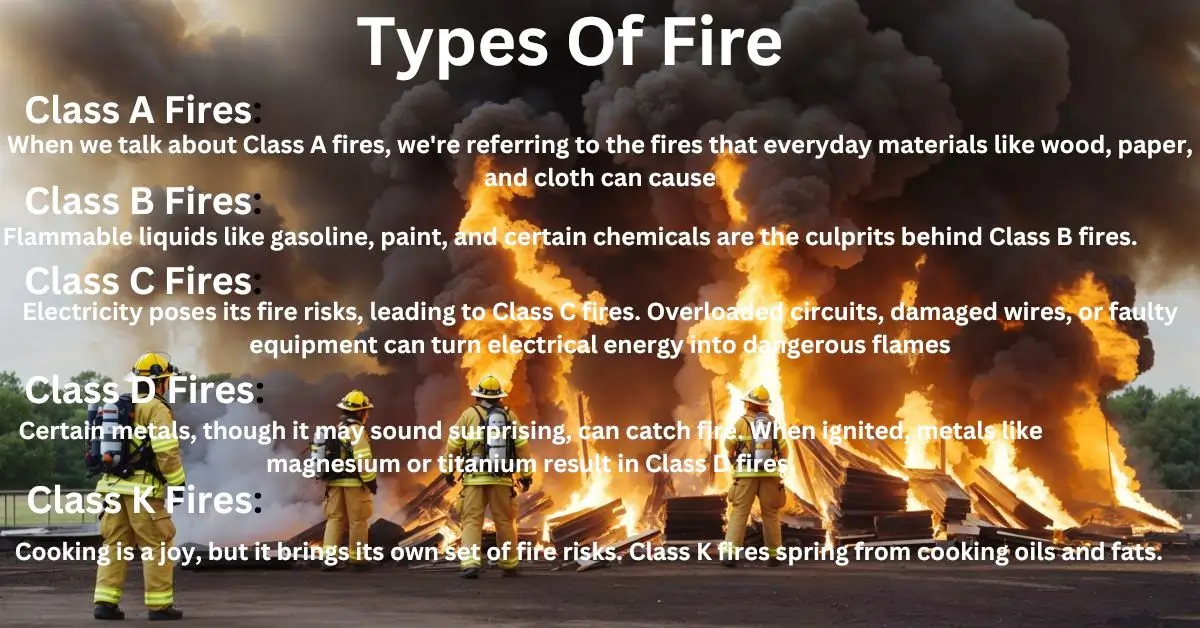Types Of Fire
Grasping the different types Of Fire is vital for our safety. Why? Simply because one size doesn’t fit all regarding fire extinguishers. Picture this: you try to douse a kitchen grease fire with water. Instead of calming the blaze, you make it rage even more! This same logic applies across various fire types and their corresponding extinguishers. Fire might appear as a single, scary blaze, but it comes in different types.
Each type, or class, of fire behaves differently. It can change how fast the fire spreads, how harmful it is, and what method works best to stop it. Knowing these classes is like having a roadmap to fire safety. Let’s explore these 5 classes to understand them better.
5 Incredible Flames Every Enthusiast Must See
Class A Fires:
When we talk about Class A fires, we’re referring to the fires that everyday materials like wood, paper, and cloth can cause. You might see these fires in a forest, in your backyard leaf pile, or even from a misplaced candle near a curtain. They are the most familiar and often feel the most natural to tackle because water is the logical solution for many of us. And in this case, it is. Using water or simple sand can often suffocate these flames. Always remember to aim at the base of the fire and ensure safety first.
Extinguishing a Class A Fire
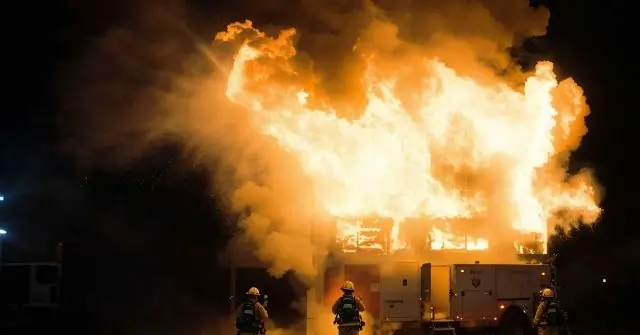
For Class A fires involving ordinary combustibles like wood and paper, water and foam extinguishers are top choices. Water extinguishers are widely used due to their effectiveness on most fires involving solid materials. However, one must exercise caution when dealing with electrical fires, as water is a conductor and can escalate the situation.
Though powder and wet chemical extinguishers can also be used for Class A fires, their effectiveness is limited compared to water and foam options. Always choose the best-suited extinguisher for safety and efficiency.
Class B Fires:
Flammable liquids like gasoline, paint, and certain chemicals are the culprits behind Class B fires. Picture someone refueling a car, and a small spill ignites. This isn’t the time for water – it won’t just fail; it might make things even more dangerous. For these fires, foam or CO2 extinguishers work best. They cut off the fire’s oxygen and cool the flames.
Extinguishing a Class B Fire
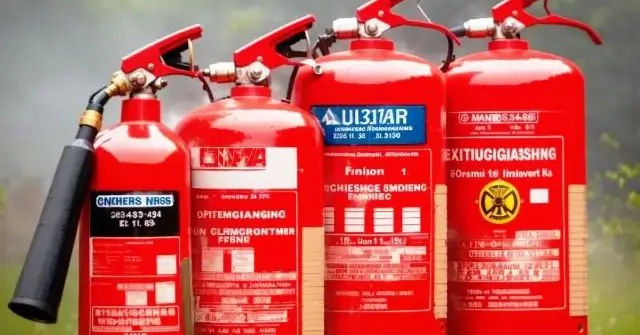
When confronted with a Class B fire involving flammable liquids like gasoline or oil, the top choice of extinguishers is foam and powder. These are designed to suppress the flames and prevent re-ignition by cutting off the fire’s oxygen supply.
Foam extinguishers work by forming a seal on the liquid’s surface, thereby starving the fire of fuel. Powder extinguishers, on the other hand, separate the fuel from the oxygen and halt the chemical reaction causing the fire.
CO2 extinguishers can also be used, but their effectiveness is limited compared to foam and powder options. Ensuring that the chosen extinguisher aligns with the fire’s class for maximum safety and efficacy is crucial.
Class C Fires:
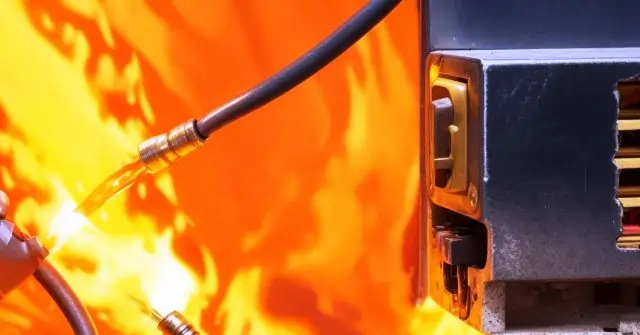
Electrical fires, termed Class C fires, arise from issues like overloaded circuits, malfunctioning equipment, or compromised wiring. These are different from your typical blazes as they originate from electrical sources, making them particularly perilous if not addressed correctly.
A fundamental rule when approaching electrical fires is to avoid water. Since water is a natural conductor of electricity, there’s a substantial risk of electrocution if introduced. Moreover, water can damage electrical equipment further and even spread the fire.
CO2 extinguishers prove effective against Class C fires. They work by displacing oxygen, which starves the fire and stops combustion. Another vital safety measure is to cut off the electricity source. Once you’ve ensured the electricity is off, a dry chemical extinguisher can effectively subdue the flames. These extinguishers interrupt the chemical reactions fueling the fire.
Understanding the nature of Class C fires and equipping oneself with the right tools and knowledge is imperative for safety and effective fire management. Always approach electrical fires with caution and prioritize personal safety.
Class D Fires:
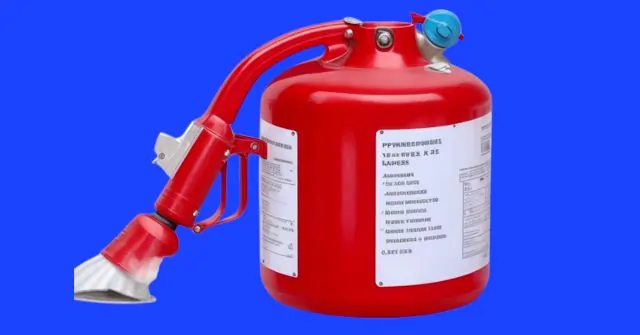
Some metals have the unexpected ability to catch fire. When they ignite, metals such as magnesium or titanium create what experts call Class D fires. These fires, while uncommon, present their own set of challenges. Regular fire extinguishers won’t do the trick against them. Instead, tackling these blazes requires specialized Class D extinguishers. Crafted specifically for such scenarios, these extinguishers smother the flames and rapidly cool down the burning metal. Given the unique nature of these fires, it’s crucial to recognize them early and respond with the correct equipment. Being prepared with the proper knowledge and tools ensures a swift and effective response, reducing potential damage and danger.
Class K Fires:
Cooking is a joy, but it brings its own set of fire risks. Class K fires spring from cooking oils and fats. These substances can ignite when heated, especially if they come into contact with an open flame. Due to the high temperatures they produce, water can cause them to splatter and spread. Wet chemical extinguishers, made for kitchen fires, prove most effective here.
Preparing for the 5 Fire Classes
Being prepared for any fire situation hinges on three key things:
- Selecting the Appropriate Fire Extinguisher
- Consistently Update Your Training
- Maintain and Test Regularly
If you nail these three aspects, you’ll be set to handle any fire emergency, regardless of the fire’s type.
Selecting the Appropriate Fire Extinguisher
Picking the Right Fire Extinguisher: It’s crucial because different fires need different solutions. There are 5 fire classes, each based on what’s burning. So, it would help if you used the correct extinguisher for safety.
Here’s a simple guide to match the fire with its extinguisher:
| Fire Class | Fuel Type | How to Suppress | Fire Extinguisher Type |
| Class A | Freely burning combustibles | Water, Smothering | ABC/powder, water, water mist, foam |
| Class B | Burning liquid or gas | Smothering | ABC/powder, CO2, water mist, clean agent |
| Class C | Electrical fire | Non-conductive chemicals | ABC/powder, CO2, water mist, clean agent |
| Class D | Metallic fire | Dry powder agent | Powder |
| Class K | Cooking or grease fire | Smothering, wet chemical | Wet chemical, water mist |
Consistently Update Your Training
Training your team in fire safety is essential. Show them how to use a fire extinguisher correctly. Please point out the different fire types they might see and how to deal with each one. However, they also need to understand when a fire becomes too overwhelming. In such situations, they should know how to call for professional help.
Consistent fire safety lessons play a vital role. Regularly updating everyone ensures they know the newest safety methods and procedures. This continuous learning helps ensure everyone remains on the same page and alert to potential hazards.
But knowing how to handle a fire is just one part of safety. Swiftly and safely exiting the building during a fire emergency is equally critical. Establish clear evacuation plans. Display them prominently so that every team member can easily spot and follow them. In times of emergency, clear directions can be the difference between chaos and orderly safety. Remember, a well-prepared team can respond more efficiently, safeguarding both lives and property.
Maintain and Test Regularly
Always check equipment and replace fire extinguishers when they expire. The local fire department should inspect buildings to ensure they adhere to all fire safety rules. This includes regulations about fire protection systems, maximum occupancy, and fire alarm guidelines.
Many Fire and Security Systems offer comprehensive solutions for fire preparation. Their services span from fire safety training to installing and maintaining fire suppression systems. For assistance with fire safety, individuals can fill out the provided form for further support.
Why is fire classified?
Fire classifications hinge on the type of fuel burning. Using an inappropriate fire extinguisher for a specific fire class can escalate the situation. Hence, grasping the four distinct fire classifications becomes crucial. Each class represents a particular fuel type, and matching the proper extinguishing method with the fuel ensures effective and safe fire control. Knowing this can differentiate between quickly resolving a dangerous situation and inadvertently making it more hazardous. Always prioritize understanding these classifications and equip yourself with the right tools to respond confidently in any fire emergency. Remember, knowledge and preparation play vital roles in fire safety.
What colors are in fire?
What colors can you find in a flame? Typically, flames display colors ranging from red, orange, and blue to yellow and white. These hues primarily result from the heat’s effects on soot and steam present in the flame.
What are the 3 elements of fire?
Three essential components are required to ignite a fire: oxygen, heat, and fuel. These components collectively form the “fire triangle.” This diagram highlights how these elements work together, emphasizing their mutual dependence to initiate and maintain a fire.
FAQ on “Types Of Fire
Q: What’s a Class A fire?
A: Class A fires involve common combustibles like wood, paper, and cloth.
Q: Are all fire extinguishers suitable for every fire type?
A: No, different fire classes require specific extinguisher types.
Q: Which fire class involves electrical equipment?
A: Electrical fires fall under Class C.
Q: Can metals catch fire?
A: Yes, certain metals can ignite, leading to Class D fires.
Blog Conclusion
Distinguishing between the various types of fires is more than academic knowledge; it’s a critical safety measure. Whether the commonplace Class A fires involving everyday materials or the rare and challenging Class D fires fueled by metals, each type demands a unique approach. The right response not only stems the flames quickly but also ensures the safety of everyone involved. We can confidently navigate any fiery situation by equipping ourselves with the correct fire extinguishers and knowledge. Remember, preparation is key. In the face of a fire emergency, knowing its type and the appropriate counteraction can be the crucial difference between minor damage and a major catastrophe. Stay informed, stay prepared, and prioritize safety always.
